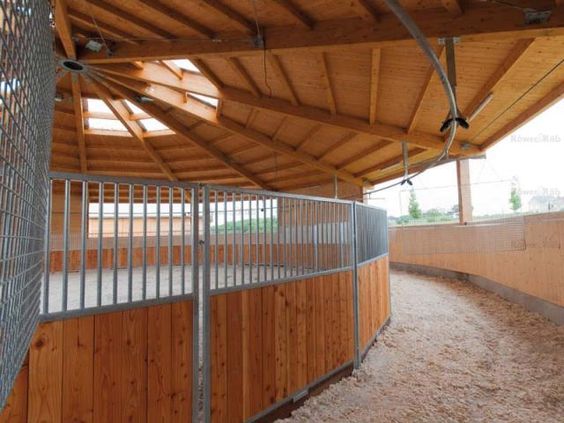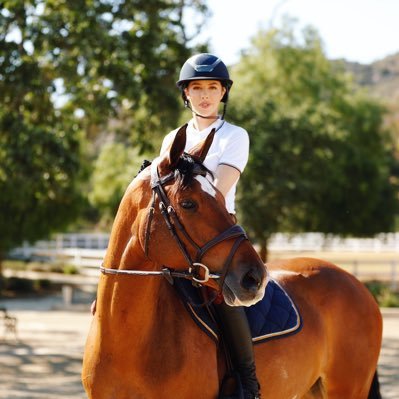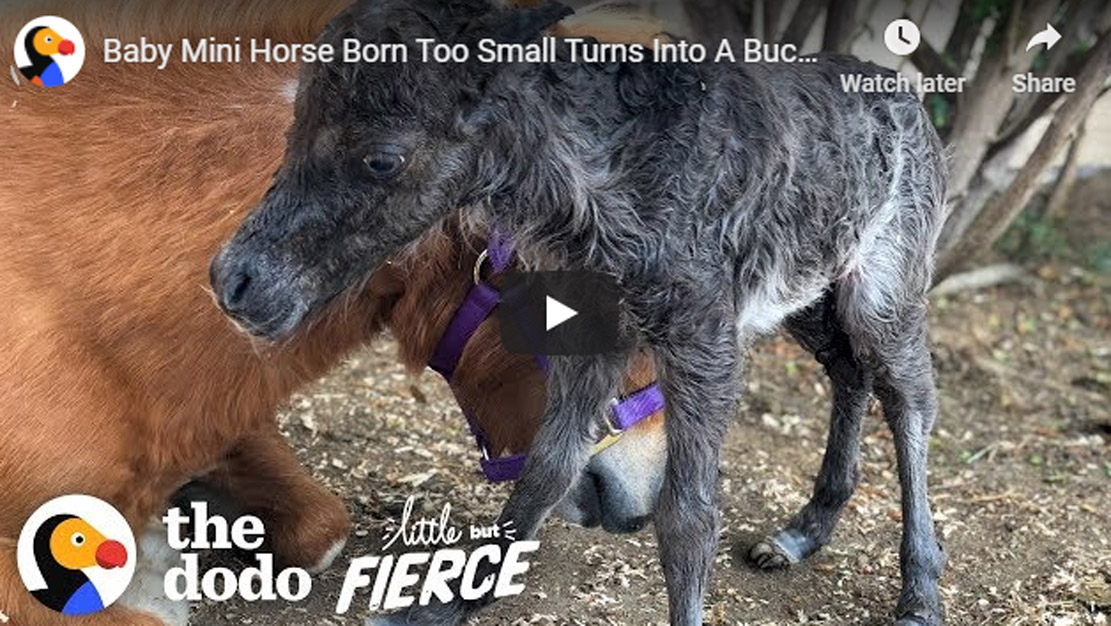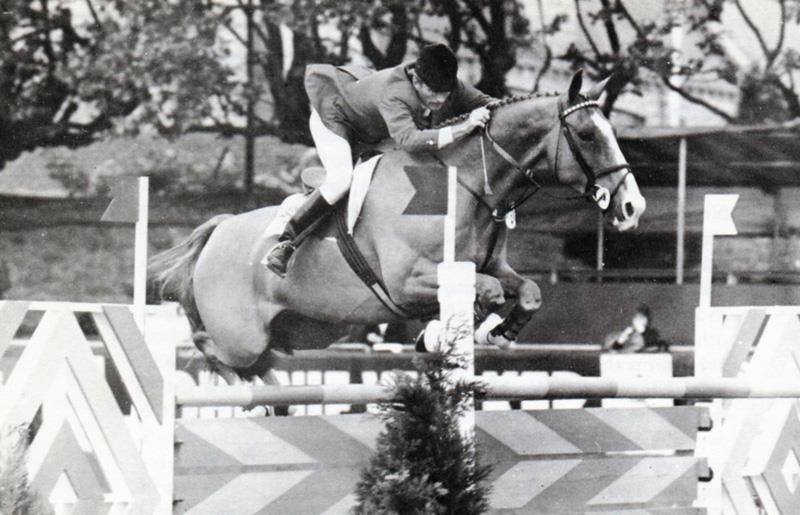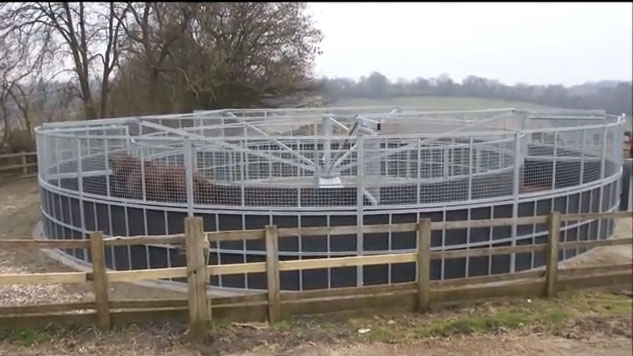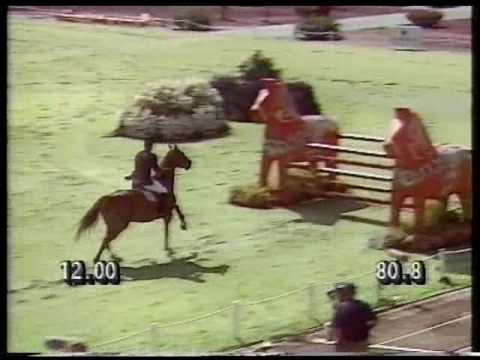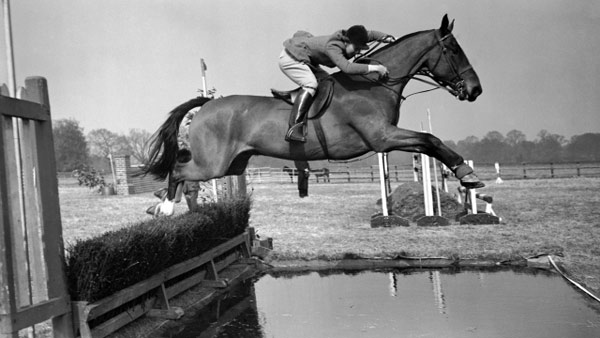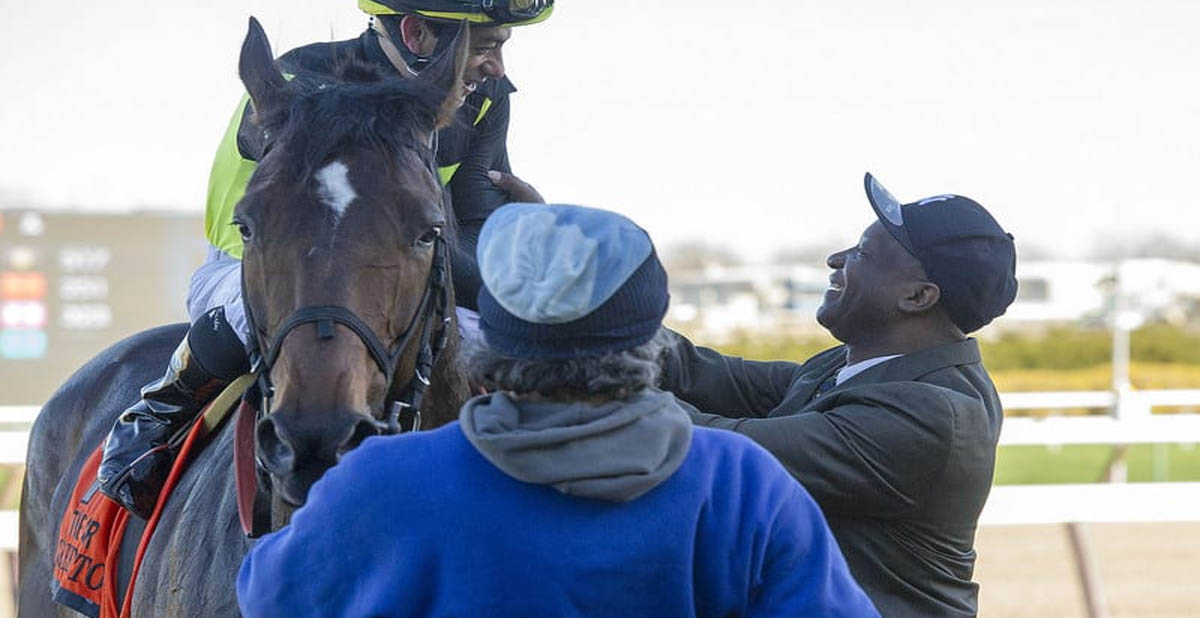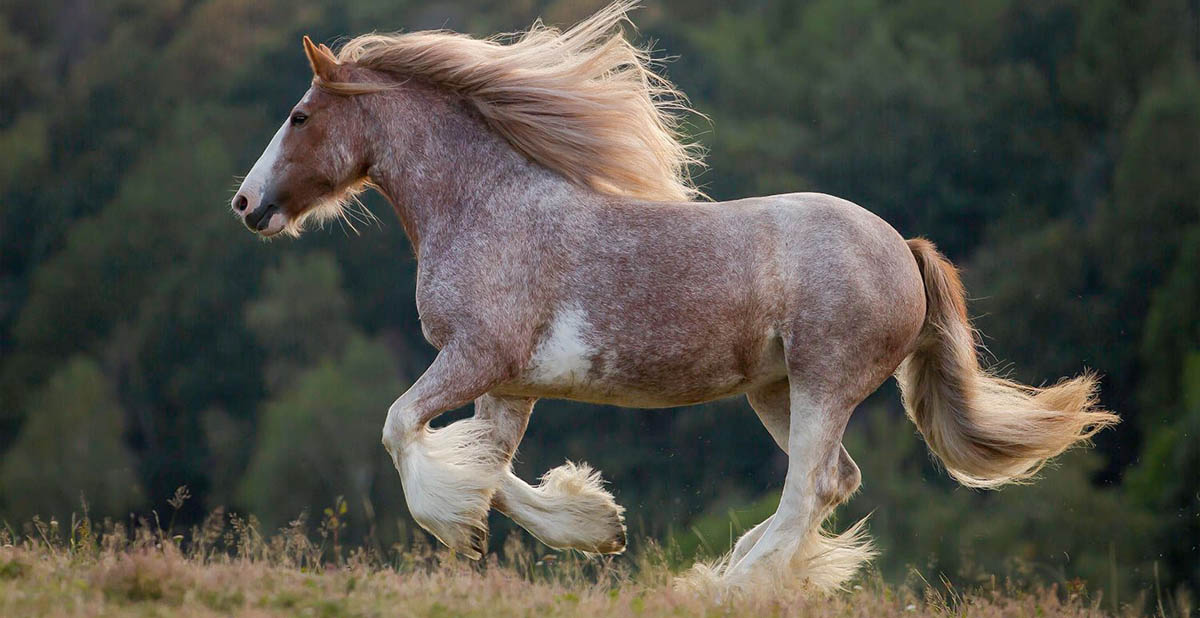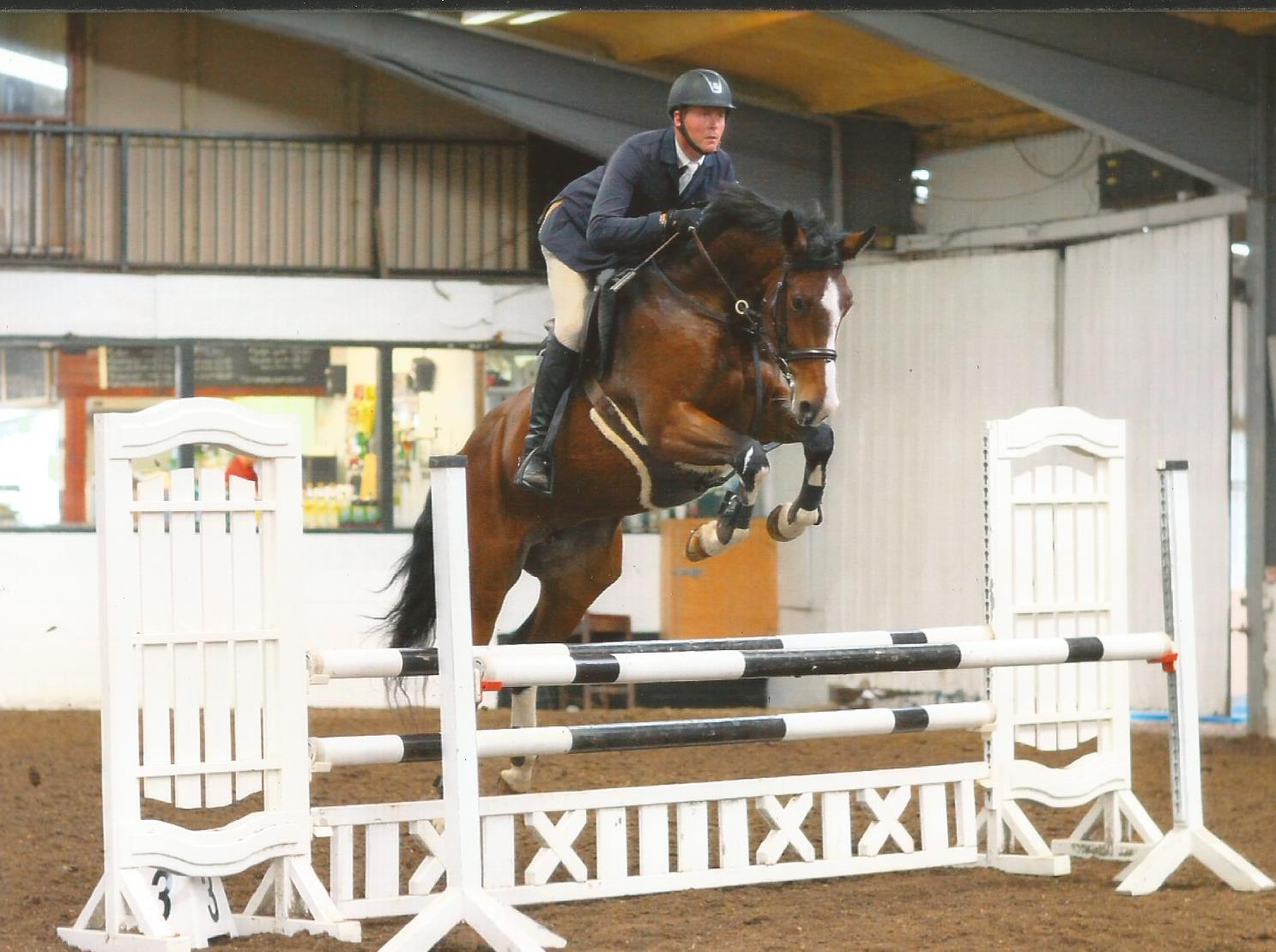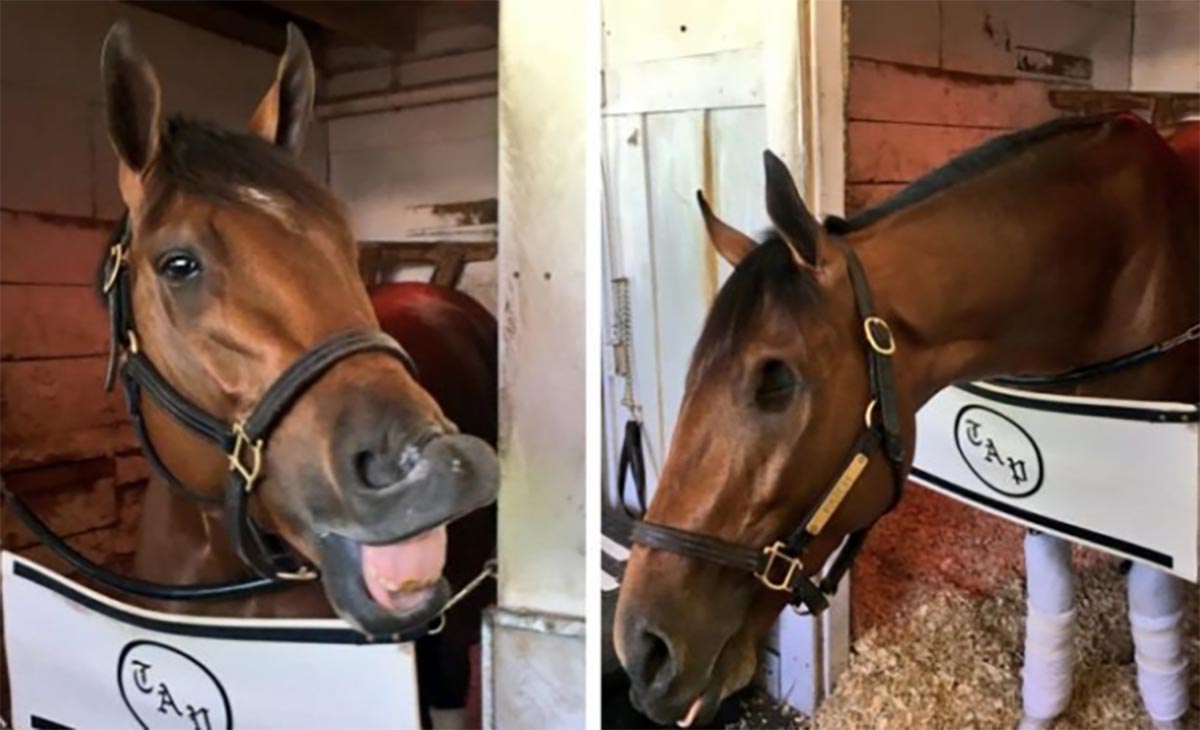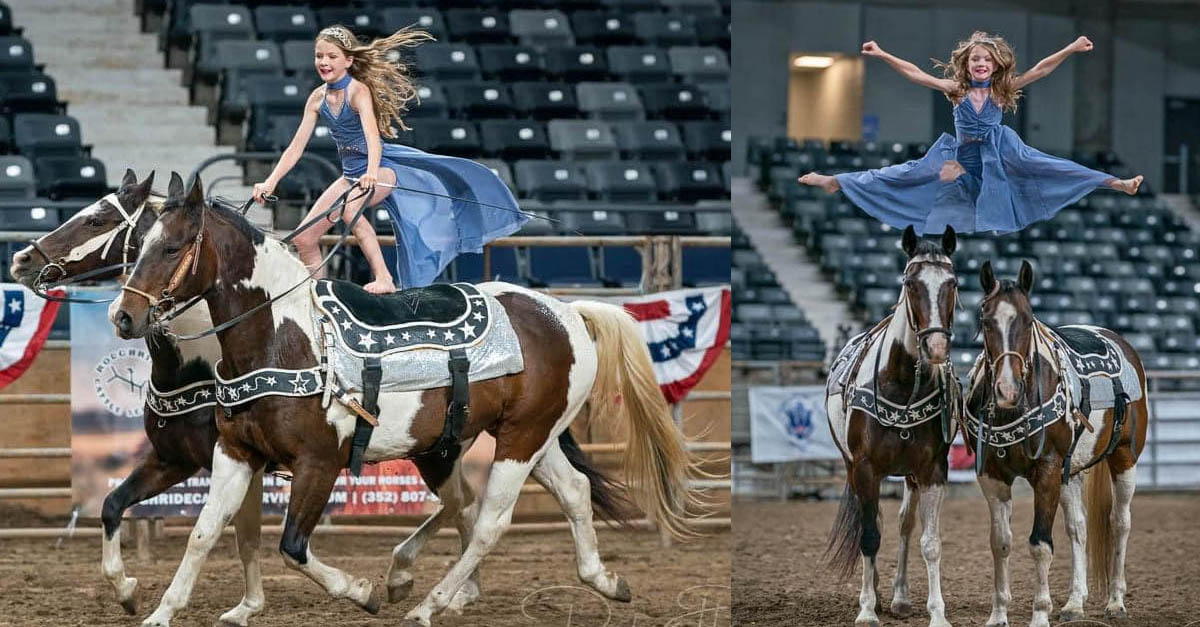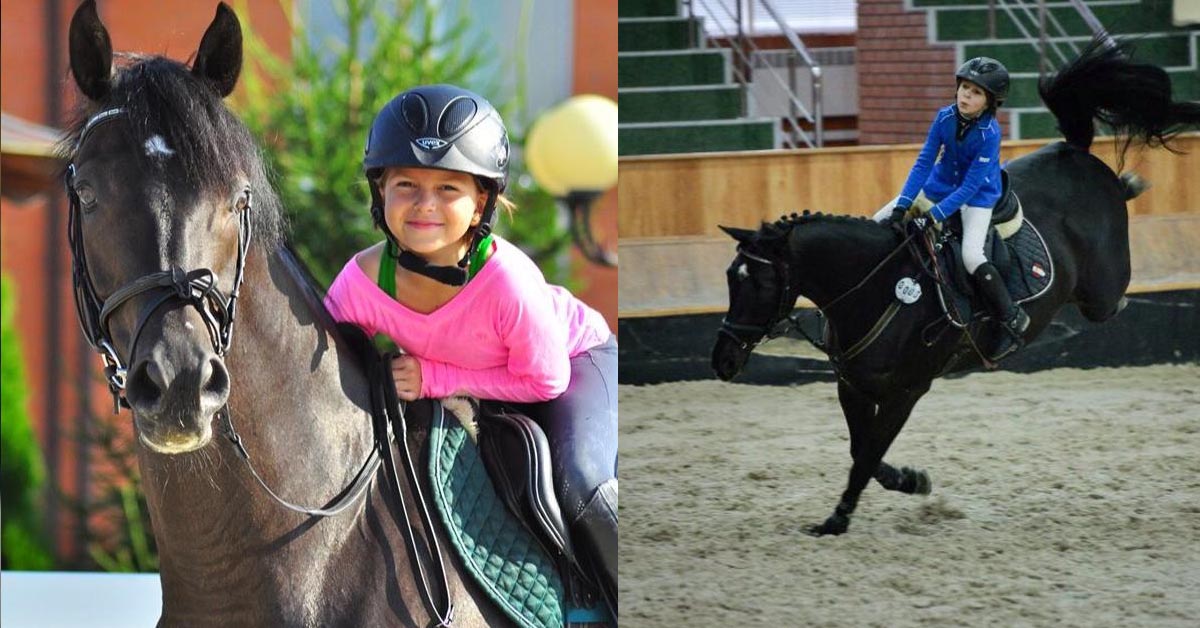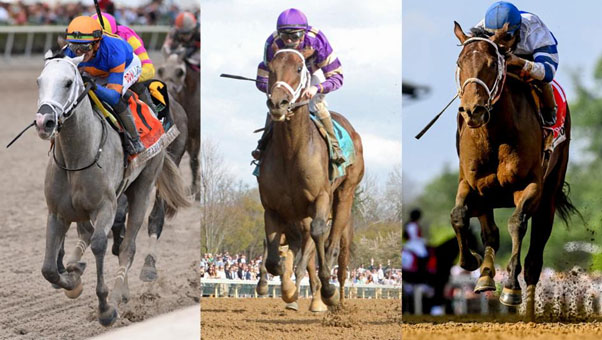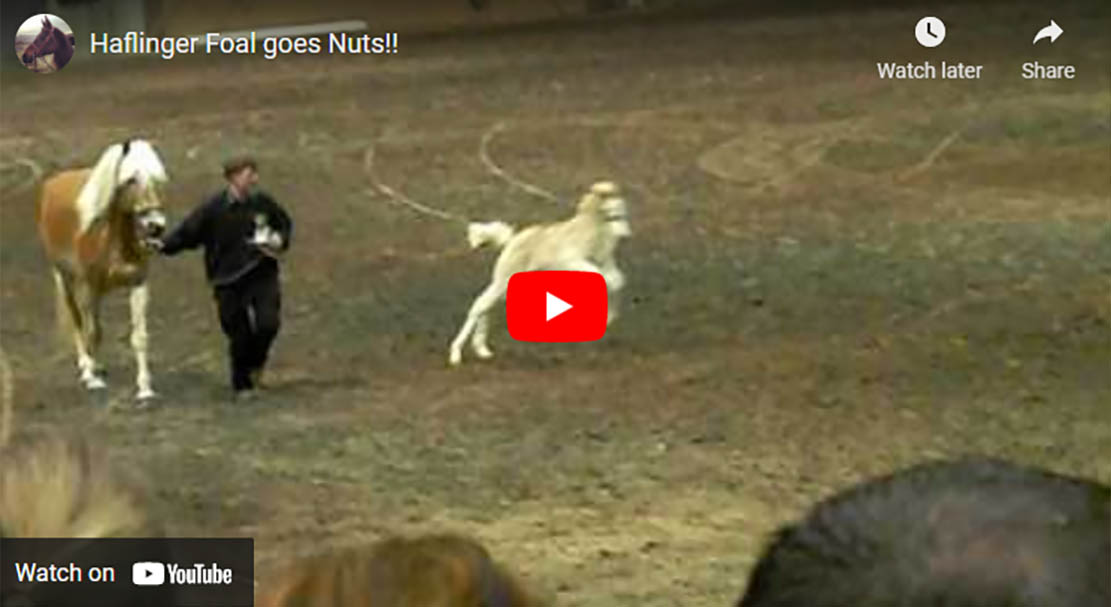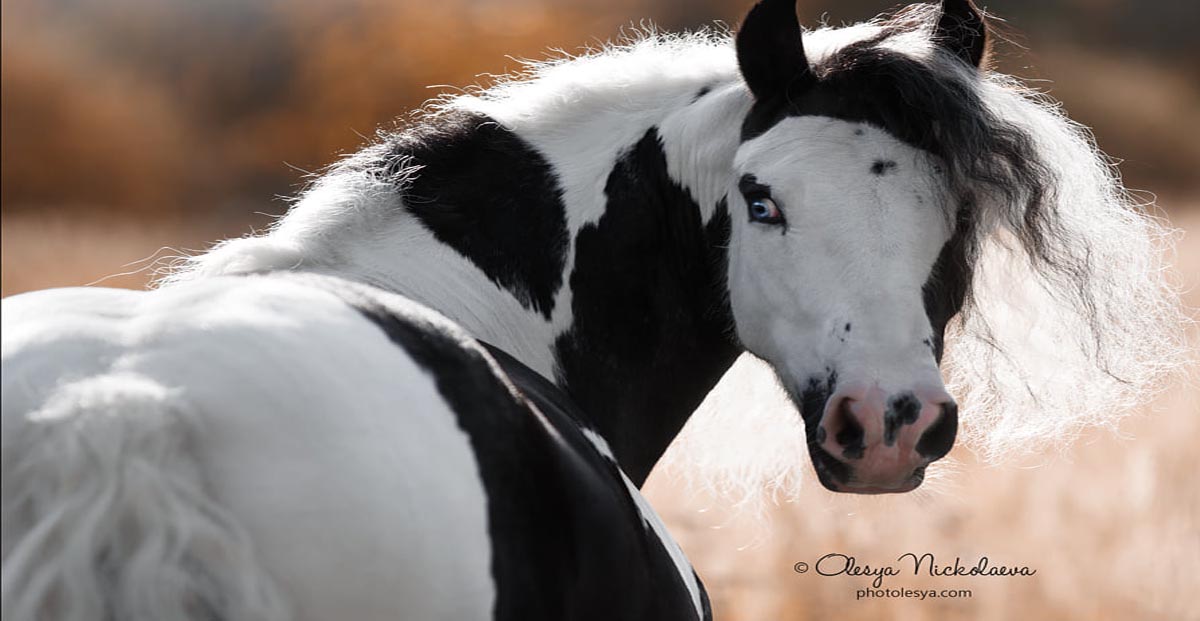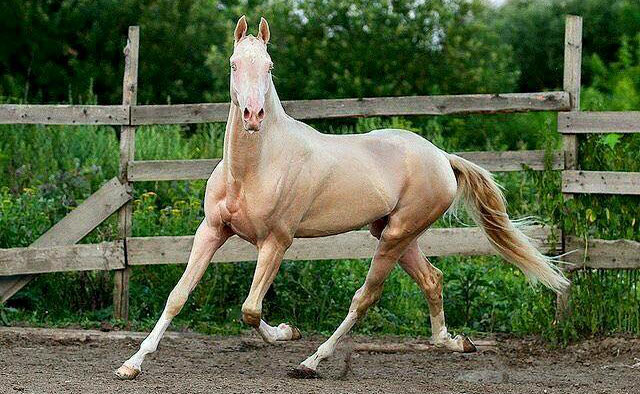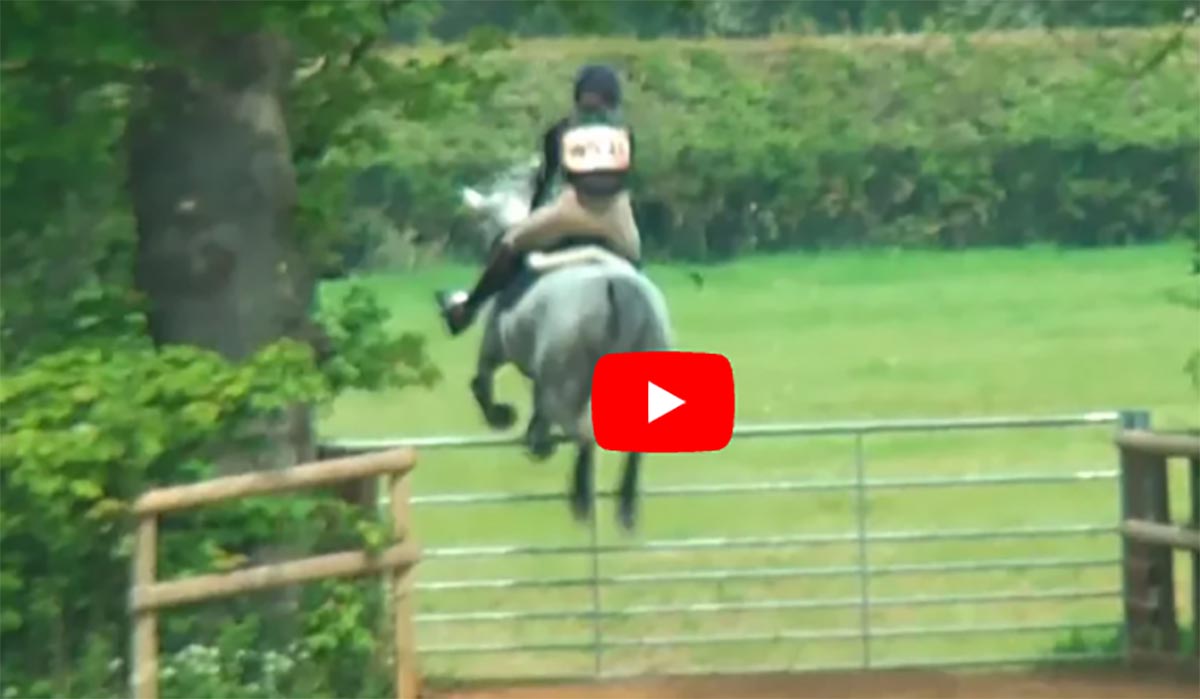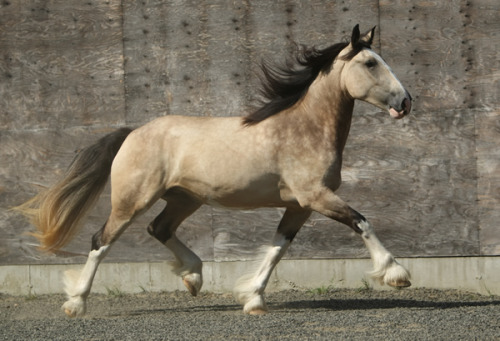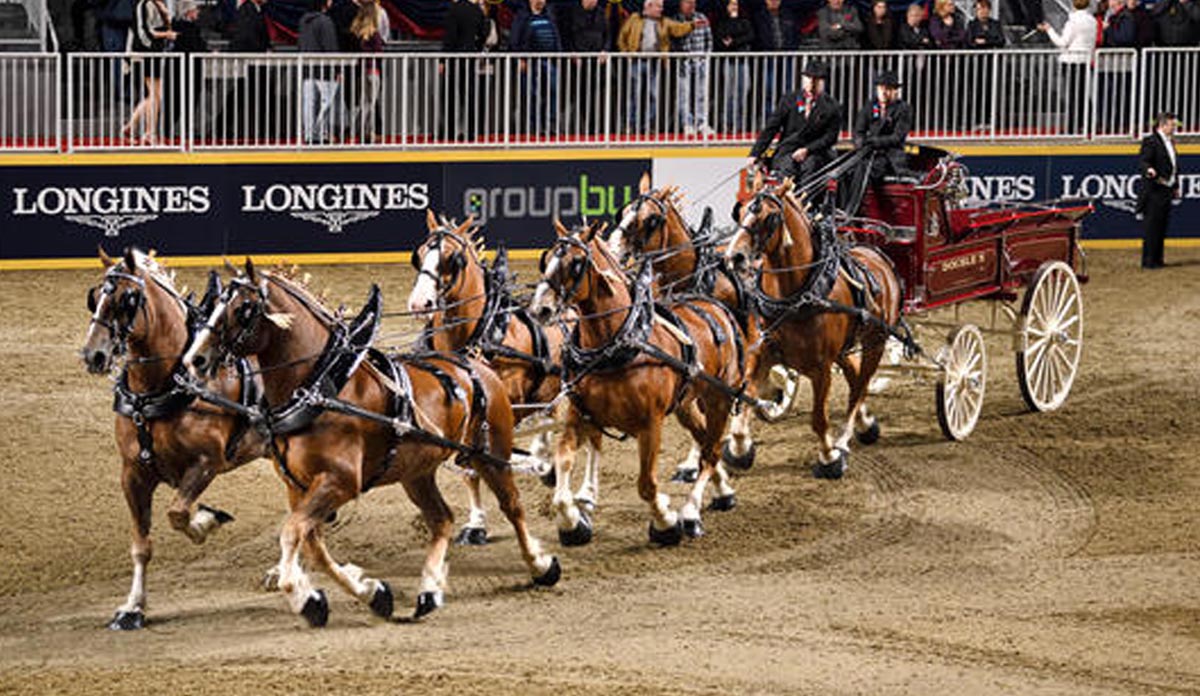Horse Rehabilitation With A Horse Walker
Mechanical horse walkers are made in various designs. The most common design consists of four arms of heavy gauge steel that radiate from a central pivot point. The central pivot point contains a motor that moves the steel arms at various speeds. At the end of each arm is a short nylon rope with a snap at the end to attach to the horse`s halter. The horse on the walker moves in a circle, and the walker may be set to go in either direction.
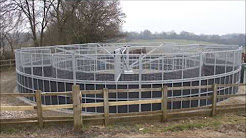 The motor is typically on a timer that will stop after a preset amount of time or a set number of rotations. Some of the other designs include a type of horse walker that has shifting panels without the radial arms, and a different kind includes paneled boxes without a rope attaching to the horse. The lack of attachment in the moving box allows the horse to move more naturally.
The motor is typically on a timer that will stop after a preset amount of time or a set number of rotations. Some of the other designs include a type of horse walker that has shifting panels without the radial arms, and a different kind includes paneled boxes without a rope attaching to the horse. The lack of attachment in the moving box allows the horse to move more naturally.
Many horse walkers are programmable so that each horse is given proper exercise based on the individual horse`s needs and present ability. Some horse walkers only allow the horse to walk or trot while others, especially the larger walkers, permit the horse to canter and gallop.
Performance horses may suffer injuries that require box rest and time to heal. These injuries may require a rehabilitation schedule and an individual exercise program to help speed up the recovery process without straining the injury. Horse walkers are important additions to a yard such as a competitive, breeding, or training yard in the event of injuries and the need for rehabilitation.
A horse walker may be used to gradually increase the exercise time that is spent building up muscle and fitness. A horse that has spent a considerable amount of time on box rest may be very energetic when they are given their first exercise. A horse walker allows for a safe, secure environment to control the horse and to allow for proper exercise and exertion to continue the healing process.
The rehabilitation regimen for a horse with a tendon or ligament injury that incorporates a horse walker is as follows:
After the course of 8-12 months of horse walker exercises, the horse may be ready to return to under saddle exercises.
Horse Videos

Horse Videos

Horse Videos

Horse Videos

Horse Videos

Many horse walkers are programmable so that each horse is given proper exercise based on the individual horse`s needs and present ability. Some horse walkers only allow the horse to walk or trot while others, especially the larger walkers, permit the horse to canter and gallop.
Performance horses may suffer injuries that require box rest and time to heal. These injuries may require a rehabilitation schedule and an individual exercise program to help speed up the recovery process without straining the injury. Horse walkers are important additions to a yard such as a competitive, breeding, or training yard in the event of injuries and the need for rehabilitation.
A horse walker may be used to gradually increase the exercise time that is spent building up muscle and fitness. A horse that has spent a considerable amount of time on box rest may be very energetic when they are given their first exercise. A horse walker allows for a safe, secure environment to control the horse and to allow for proper exercise and exertion to continue the healing process.
The rehabilitation regimen for a horse with a tendon or ligament injury that incorporates a horse walker is as follows:
- Box rest along with walking for 15-20 minutes with the assistance of a horse walker daily. The time is gradually increased to one hour per day of walking over 60 days.
- Two months of walking on a horse walker with weight on the back. This exercise begins at 20 minutes and will increase over time to 45 minutes to an hour per day over the course of 60 days.
- Trotting for five minutes each day on a horse walker. Gradually increase the time by increments of five minutes every two weeks for 60 days.
- Cantering for five minutes on a horse walker every day. Some of the larger horse walkers are more suitable for this exercise. The smaller walkers do not have a large enough overall diameter sufficient for the healing horse to move comfortably and safely. Increase the time for the canter exercises in increments of five minutes every two weeks for 60 days.
After the course of 8-12 months of horse walker exercises, the horse may be ready to return to under saddle exercises.
Share with your friends
Horse Videos
StableexpressHorse Rehabilitation With A Horse Walker
Posted by Stable Express

Horse Videos
StableexpressHorse Rehabilitation With A Horse Walker
Posted by Stable Express

Horse Videos
StableexpressHorse Rehabilitation With A Horse Walker
Posted by Stable Express

Horse Videos
StableexpressHorse Rehabilitation With A Horse Walker
Posted by Stable Express

Horse Videos



